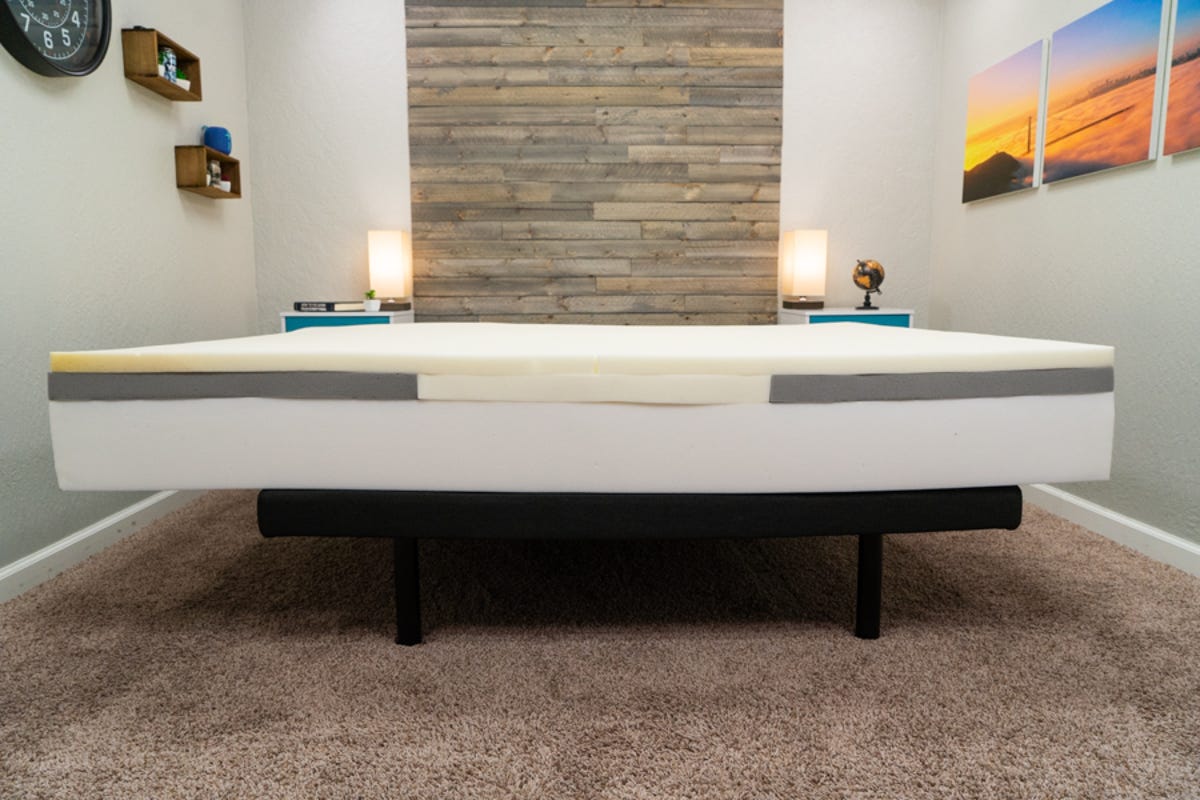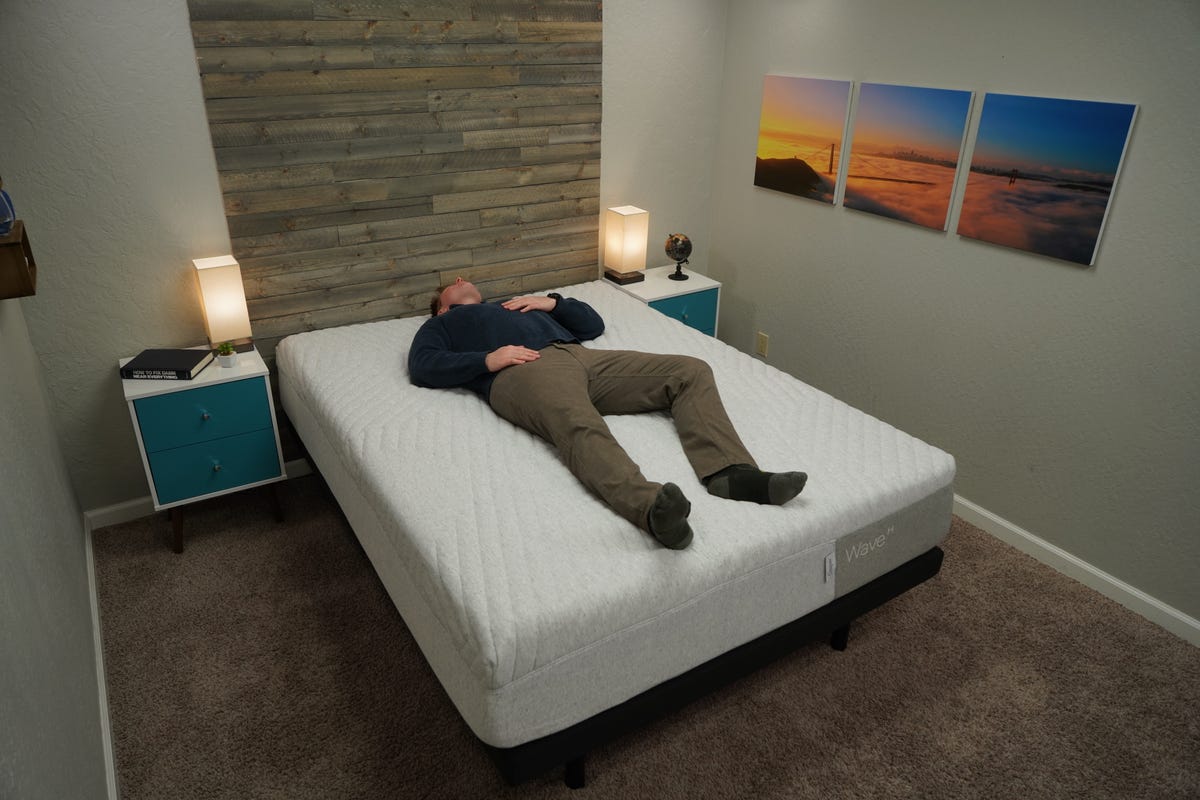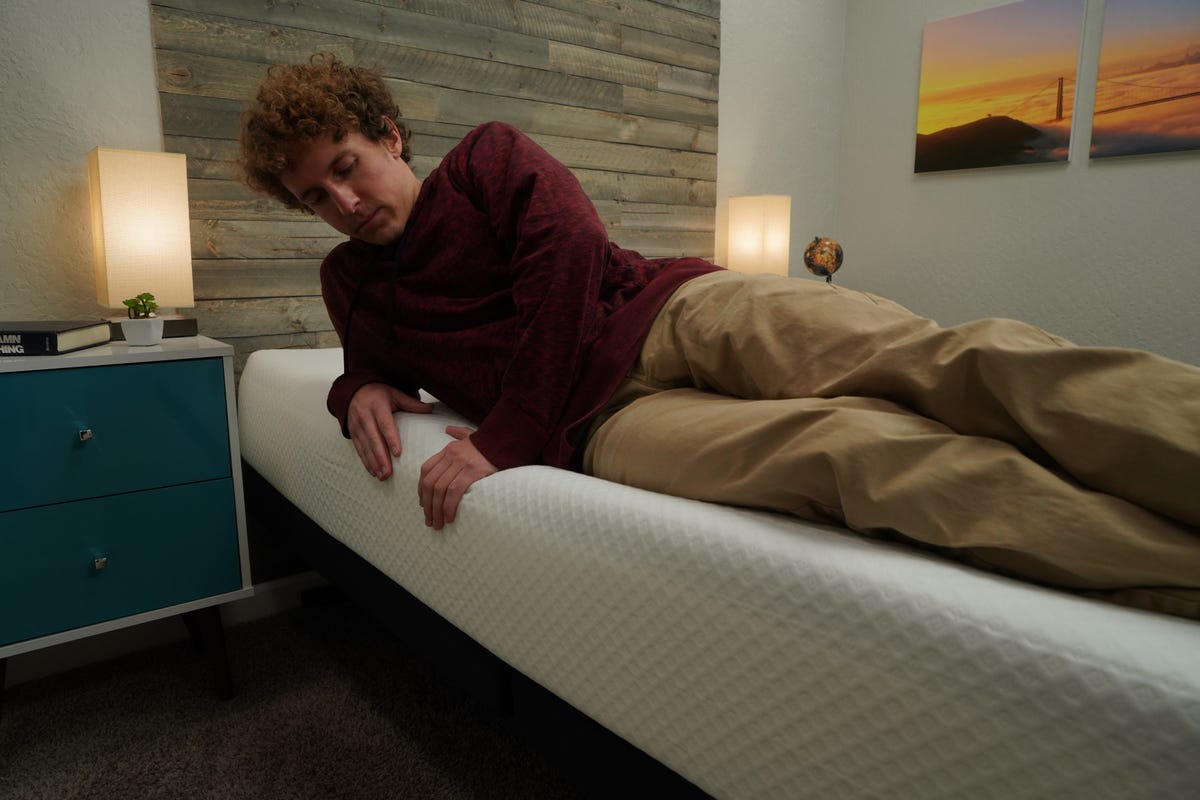Testing mattresses is a rough gig, but somebody has to do it. All jokes aside, we thoroughly review mattresses to give consumers an honest opinion of the beds before they commit to buying. For each mattress review and roundup, we put them through a series of tests to learn the ins and outs of each bed. That way, we can tell you the beds that are worth the money and the ones that are total snores.
We have a small, dedicated team of mattress testers who know a lot more about beds than your average Joe. They have tested out many mattresses (over 100 and counting), and have dedicated hundreds of hours to the job. Below is the criteria we look for when they test and insight into what the process is like. And to answer the question you must be wondering about, yes — we
sleep
on mattresses for a living!
All reviews and “best list” product rankings share the same commitments to excellence:
Independence: The products recommended in our reviews, roundups and other stories are independently chosen for review and recommendation. We don’t accept compensation for placement on CNET.
Expertise: Our team of five mattress experts and seven Sleep Science Coaches has years of expertise within the sleep and bedding space.
Hands-on testing: We personally unbox and hand-test the products we write about, whenever possible.
Research: If we’re unable to test a product ourselves, we make recommendations based on extensive research, customer reviews, brand reputation and expert opinions.
Value: We take price into account when making product recommendations and aim to find the best products with the most affordable prices.
How CNET gets the products we review
Mattress and bedding companies are always introducing new things, whether it be a new mattress model, an updated cooling pillow or a complete branding revamp. Brands keep us in the loop on new product launches and often send us editorial samples for testing prior to release. We keep a majority of the mattresses we receive and store them in our facility so they can be referenced for videos, best lists, comparisons, and so on.
Our editorial team also requests editorial sample products from brands. If we can’t get our hands on a product that we want to test, we’ll often purchase it.
Our team of sleep science coaches
We have a small but mighty group of certified sleep science coaches who’ve dedicated many hours to researching sleep and mattresses. A sleep science certification from the Spencer Institute means that our experts have undergone over 20 hours of learning and studying the intensive science behind sleep and have passed the final exam. This certification qualifies our experts to speak knowledgeably on all things sleep, the relationship between the brain, body and sleep and offer helpful advice to those in need of better quality rest.
We also have resident mattress experts who have tested and laid on more beds than what’s stored at your local mattress firm. Seriously, they’ve physically had their hands, backs, sides and stomachs on top of over 150 mattresses. With this extensive knowledge of beds, they’re able to offer insights on highlights, pros and cons and select best mattress picks that are actually worth the money.
How we test mattresses
Mattresses we recommend are tested at our in-house mattress facility. We have two bedroom setups, each furnished with a bed frame, two nightstands and decor, and we unbox the mattresses we’re sent as a customer would theirs.
Our team spends an average of seven hours per mattress as we cycle through our testing process, analyzing metrics such as firmness, feel, and performance. If a mattress has special capabilities and features, such as sleep tracking, a team member will test those in their own home after initial processes are finished.
Firmness




